
Obesity is at epidemic proportions in the United States and worldwide. Despite major public health initiatives spanning several decades, human obesity has reached prevalence rates nearing 40% in some states.

Obesity is at epidemic proportions in the United States and worldwide. Despite major public health initiatives spanning several decades, human obesity has reached prevalence rates nearing 40% in some states.

Hypoadrenocorticism (Addison's disease ) is most common in dogs between 2-7 years of age. Breeds predilections include Standard Poodles, West Highland White Terriers, Rottweilers, Great Danes, Leonbergers, Nova Scotia Duck Tolling Retrievers, Portuguese Water Dogs, and Bearded Collies.

There are many different types of insulin that vary with species of origin and with chemical modifications and formulations that affect onset and duration of action. Porcine insulin, which is identical to canine insulin in its amino acid structure, is available for use in dogs in some countries, but, unfortunately, no specific feline insulin formulation is currently available.

Icterus occurs when bilirubin accumulates in the plasma and tissues to the extent that it causes visible yellow discoloration of the sclera, mucous membranes, and skin.

Hyperaldosteronism is uncommon in dogs, but may be more common in cats than previously thought. Disorders of aldosterone deficiency have been recognized in combination with general adrenocortical insufficiency (Addison's disease), and will not be discussed here.

Recognizing hypertension in cats with hyperthyroidism is not always simple. In normal cats, measurement of blood pressure is fairly reliable, whether using oscillometry or Doppler ultrasonography.1 Both correlate well with intra-arterial measurements.2 The "white coat effect", however, is not always recognized in feline medicine, and this effect may well be more pronounced in cats with hyperthyroidism than in less stressed normal cats.
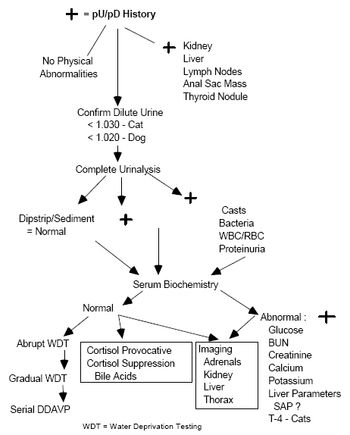
PU/PD is an extremely common presenting complaint in small animal practice. Probably just as common are animals with polyuria and polydipsia that goes unnoticed by their owners. This is especially true of cats.

Few diseases are as frustrating for a veterinarian as diabetes mellitus. Realistically, control of hyperglycemia is rarely accomplished, and clinical signs of diabetes often persist.

Today's feline practitioners are well-versed in the pathophysiology, diagnosis, and treatment of hyperthyroidism.

A 14 year old, male intact, DSH cat is presented for acute onset of blindness. There are no other striking historical findings.

Clinical signs of hypercalcemia can be difficult to detect.
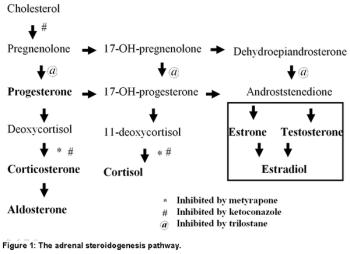
None of the tests for hyperadrenocorticism (HAC) in dogs are perfect.

Authors almost always refer to hypothyroidism as a common (if not the most common) endocrine disease in dogs.

Only in the past decade has pancreatitis even been well-recognized in cats.

A look at the effects of aging on the body, common disorders of geriatric cats, and designing wellness programs for geriatric cats.

We had initially made a tentative diagnosis of chronic renal failure with secondary hypertension, dehydration and electrolyte loss, but did not know the cause of the hindlimb weakness.

A 14 year old, male intact, DSH cat is presented for acute onset of blindness.
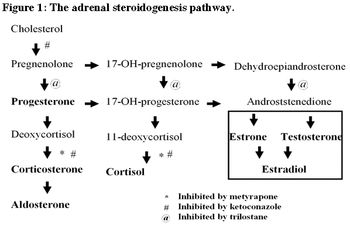
None of the tests for hyperadrenocorticism (HAC) in dogs are perfect.
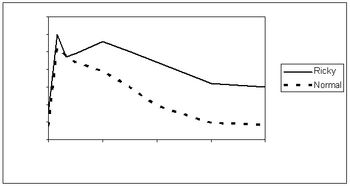
We were concerned about hyperthyroidism as a cause of hypertension, even with T4 in the normal range, because it is known that sick cats have falsely lowered T4's, although the free T4 should have been elevated.

A 12-year-old female cat was presented for polyphagia. Diagnostic work-up revealed a diagnosis of diabetes mellitus.

Fluid therapy is used when an animal is unable to maintain normal hydration by eating and drinking, when extra fluid is needed to replace lost extracellular fluid, when blood pressure is low and blood perfusion needs extra support, or when increased fluid volume is needed to promote diuresis.

Authors almost always refer to hypothyroidism as a common (if not the most common) endocrine disease in dogs, but there is little evidence to support this claim.

Published: April 1st 2009 | Updated:

Published: April 1st 2009 | Updated:

Published: April 1st 2009 | Updated:

Published: April 1st 2009 | Updated:
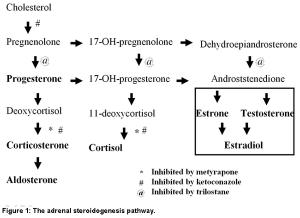
Published: April 1st 2009 | Updated:

Published: April 1st 2009 | Updated: